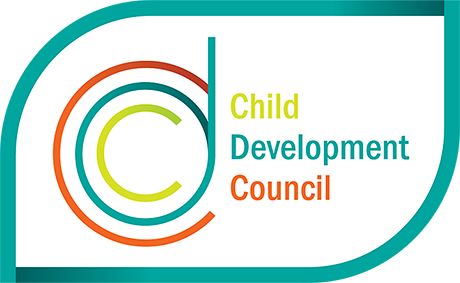Safety Snapshots
Homelessness
In 2016, the estimated rate of homelessness for children and young people birth to 18 years in South Australia was 39 per 10,000 population, a decrease from 42 in 2011. The Australian Bureau of Statistics’ definition of homelessness is a person ‘who does not have suitable accommodation alternatives and whose current living arrangement is a dwelling that is inadequate; has no tenure, or their initial tenure is short and not extendable; or does not allow them to have control of, and access to space for social relations’.
In 2016, the rate of homelessness for Aboriginal children and young people birth to 18 years was 260 per 10,000 population, significantly less than the national average of 336.
In metropolitan Adelaide, the region with the highest rate of homelessness for children and young people birth to 18 was Adelaide – North (46 per 10,000 population). In regional/remote South Australia the region with the highest rate of homelessness was South Australia – Outback (111 per 10,000 population).
Housing stress
Housing costs may be the largest and least flexible item in a family budget. Housing stress may be experienced when more than 30% of a family’s total income is spent on housing. In 2016 in South Australia, the proportion of children and young people (birth to 14 years) living in a household experiencing housing stress was 21%, a decrease from 2011 (24%) and an increase from 2001 (12%).
In metropolitan Adelaide, the proportion of children and young people (birth to 14 years) living in households with housing stress was 23% and in remote South Australia the proportion was 11%.
Aboriginal children and young people in South Australia appear to be less likely to be living in households with housing stress (27%) compared to the national average (28%).
